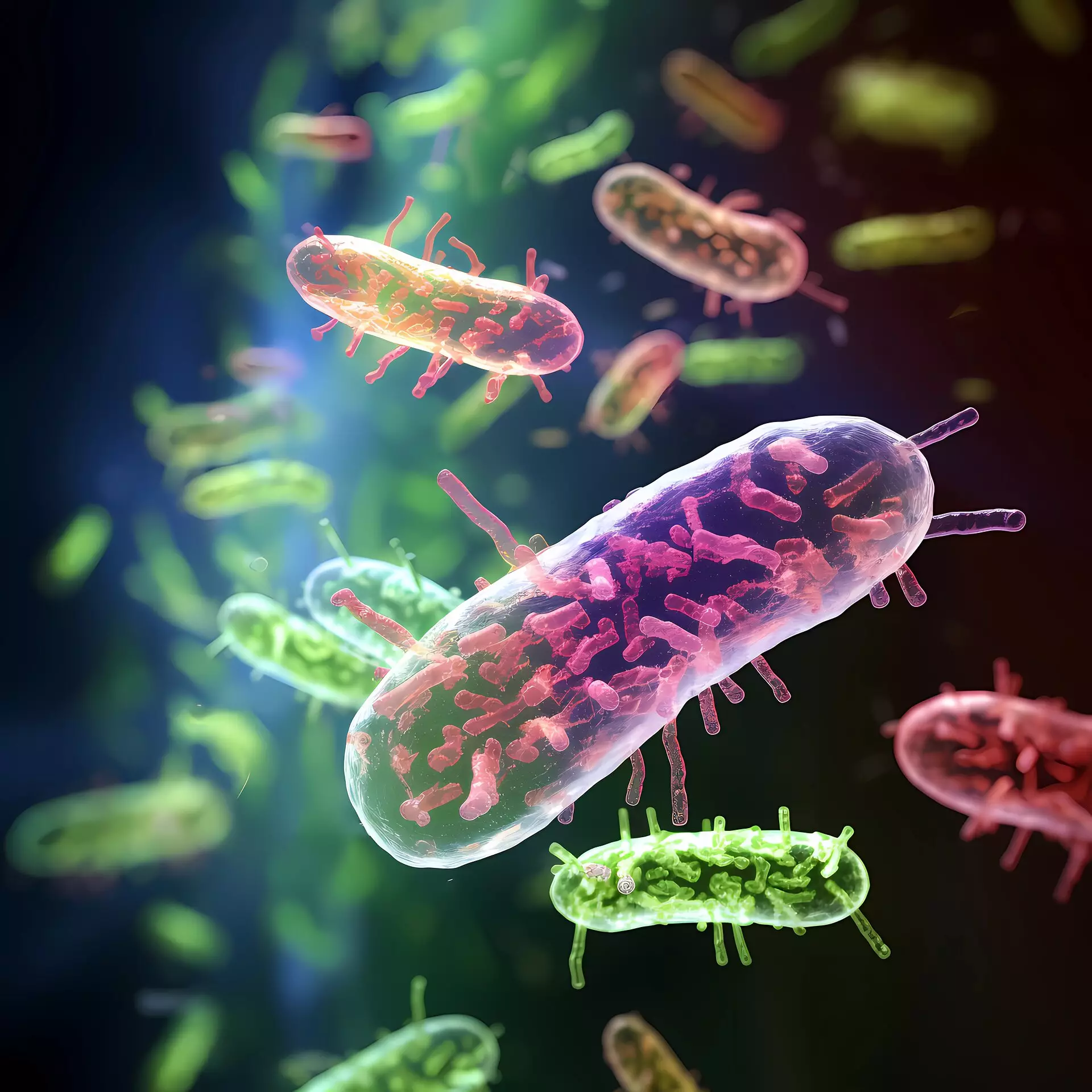In an intriguing breakthrough, a study published in the Proceedings of the National Academy of Sciences has shed light on the relationship between active matter and shear flows. Dr. Xu Ning and his team at the University of Science and Technology of China (USTC) have uncovered that these two seemingly distinct systems share strikingly similar behaviors under specific conditions. This research invites us to reconsider our understanding of collective motion in non-equilibrium systems, where the spontaneous movement of active substances, such as living organisms, is governed by unique mechanisms of energy consumption.
The concept of active matter is rooted in systems that can continually self-propel, often seen in biological entities. These active agents can move independently, leading to fascinating collective behaviors when large groups come together. Traditionally, studies on collective behavior have focused on systems in equilibrium, leaving a gap in our understanding of how these non-equilibrium systems operate. The USTC study opens the door to addressing this gap, indicating that active matter may exhibit properties akin to those observed in sheared systems.
Bridging Two Worlds: Active and Sheared Systems
What makes this research particularly compelling is the team’s novel proposition that the dynamics of active matter can be likened to those of sheared materials, despite their fundamental differences in energy input. While traditional shear systems manipulate matter primarily through external stress, active matter thrives on internal energy, which drastically alters how viscosity behaves. The study highlights that when active forces are applied, viscosity does not merely remain constant as in Newtonian fluids; instead, it decreases significantly as active clusters break apart.
This concept stands in contrast to classic models of viscosity in fluids. For example, in standard Newtonian behavior, shear actions realign molecular structures without affecting viscosity levels. However, the introduction of active matter flips this assumption. The erratic nature of active forces disrupts stable percolating clusters within the fluid, resulting in notable viscosity changes. It provides a tangible explanation for some phenomena observed in biological contexts, such as the “superfluid” behavior linked to E. coli movement.
Implications for Scientific Disciplines
The implications of this work extend beyond fluid dynamics. Drawing parallels between active matter and shear systems opens a new multidisciplinary dialogue that could revolutionize fields ranging from biology to material science. Understanding the nuanced interactions in these systems could lead to innovations in drug delivery, bioengineering, and even robotics, where manipulation at the microscopic level can drastically impact performance and efficiency.
This research encourages further studies that focus on the complex interplay between motility and viscosity, urging scientists to delve deeper into the underlying mechanisms driving these processes. The fascinating findings advance a narrative that celebrates the cornerstone of nature’s complexity, reminding us that the universe often operates in interconnected ways that challenge long-held beliefs. As we continue to unlock the mysteries of active matter, it becomes clear that by harnessing these principles, we may enrich not only scientific understanding but also the very technologies that shape our everyday lives.

